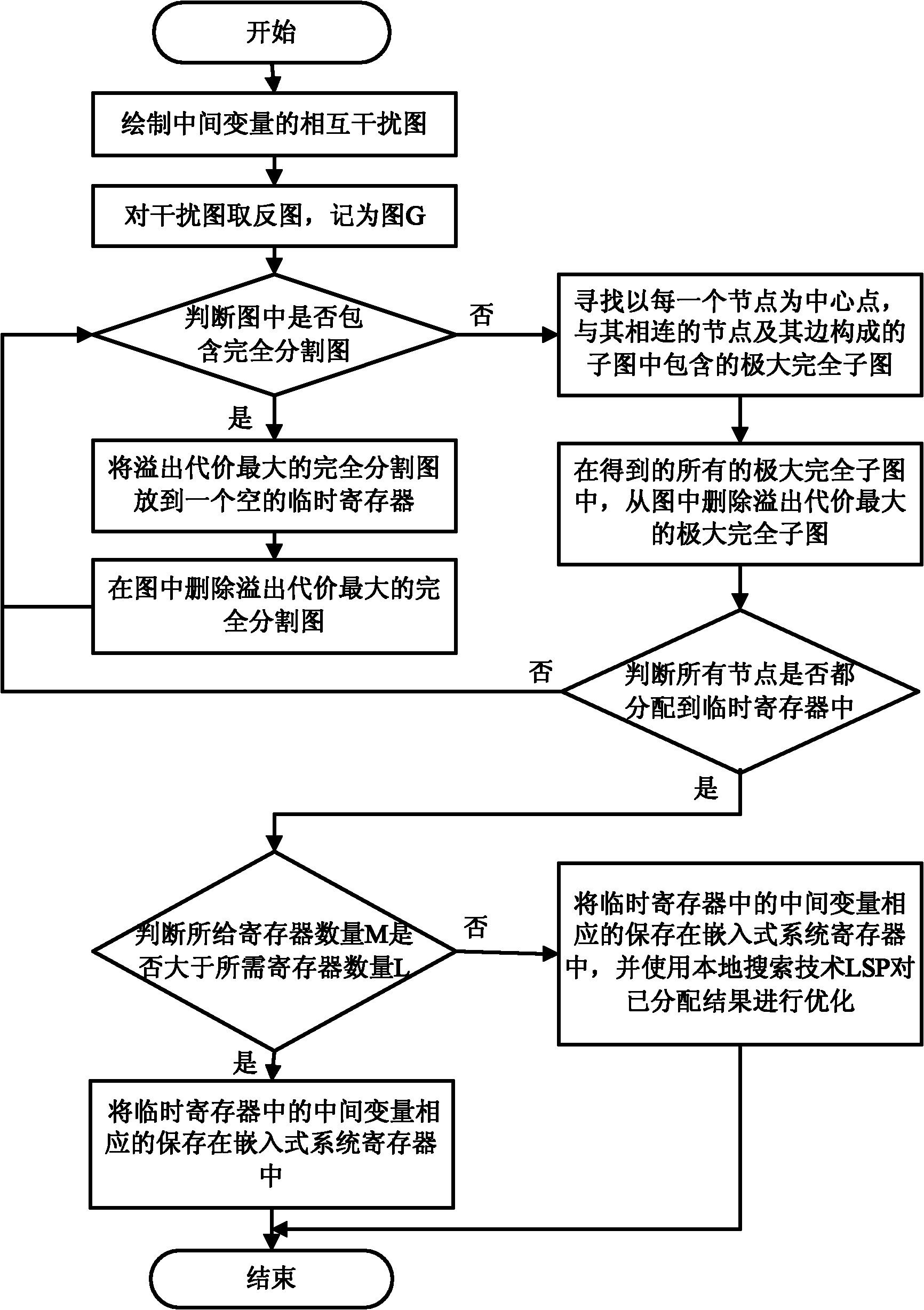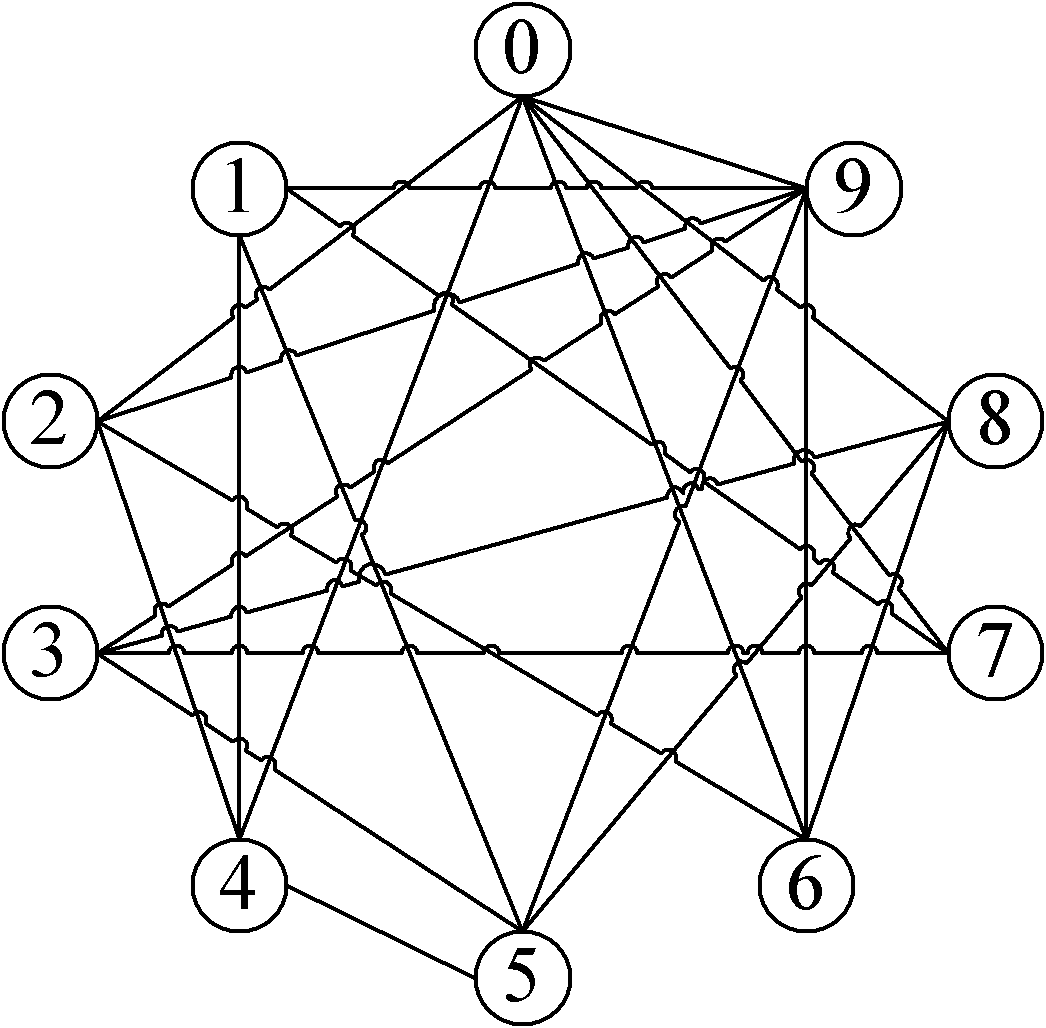Method for distributing register in embedded system based on inverse image description
An embedded system and register allocation technology, which is applied in the computer field, can solve problems such as low application significance, poor effect, and failure to reach practical applications, and achieve the effects of reducing overflow costs, clear mutual relationships, and reducing the number of overflows
- Summary
- Abstract
- Description
- Claims
- Application Information
AI Technical Summary
Problems solved by technology
Method used
Image
Examples
example
[0045] For a specific example, if the number of registers M provided by the embedded system is greater than or equal to 4, it means that all nodes can be stored in the embedded system registers, and there is no need to use step 3 to optimize, and the allocation ends. If the number of registers M provided by the embedded system is less than 4, then the local search technology LSP should be used for optimization. In this specific example, set M=3, and the optimization steps are as follows:
[0046] 3.1) Put the nodes in the first three temporary registers into the three registers provided by the embedded system. According to the principle of least conflict described in the hybrid evolutionary algorithm, set the temporary register TR 4 = Node 0 in {0} is also placed in the first three embedded system registers;
[0047] 3.2) The ten intermediate variables are sorted according to their overflow factor S_Factor value from large to small, S_Factor(j)=S_Cost(j)×CF(j), where S_Cost(j) is t...
PUM
 Login to View More
Login to View More Abstract
Description
Claims
Application Information
 Login to View More
Login to View More - R&D
- Intellectual Property
- Life Sciences
- Materials
- Tech Scout
- Unparalleled Data Quality
- Higher Quality Content
- 60% Fewer Hallucinations
Browse by: Latest US Patents, China's latest patents, Technical Efficacy Thesaurus, Application Domain, Technology Topic, Popular Technical Reports.
© 2025 PatSnap. All rights reserved.Legal|Privacy policy|Modern Slavery Act Transparency Statement|Sitemap|About US| Contact US: help@patsnap.com



